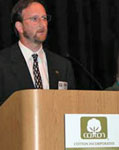 The recent Cotton Incorporated Crop Management Seminar in Tunica, Mississippi featured workshops to help growers learn more about precision management.
The recent Cotton Incorporated Crop Management Seminar in Tunica, Mississippi featured workshops to help growers learn more about precision management.
Director of Agricultural Research Ed Barnes says they actually had two different precision workshops. “One for people who really had not done any work with precision agriculture. We had a workshop on the basics of how to scout your field, use a GPS and download data back to the computer.”
“Then we had a second workshop for people who are more experienced and wanted to take it to a new level, transitioning to zone management where you manage by soil type a little more,” said Barnes. The workshops concluded with a look at the “Green Seeker” variable rate application and mapping system that can help cotton growers make real time variable rate applications of plant growth regulators and defoliants.
Some 200 growers were able to attend the workshops and Cotton Inc plans to have another at the Beltwide Cotton Conferences in January.

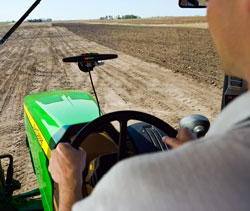 If you’re looking for an economical way to get started using precision ag on your farm, John Deere has some
If you’re looking for an economical way to get started using precision ag on your farm, John Deere has some 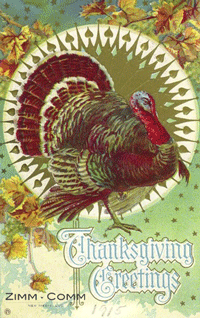
 I was just searching for precision agriculture training and found the
I was just searching for precision agriculture training and found the 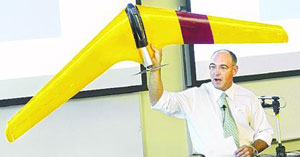 Indiana Unmanned Aircraft Systems is taking precision to the air with a
Indiana Unmanned Aircraft Systems is taking precision to the air with a 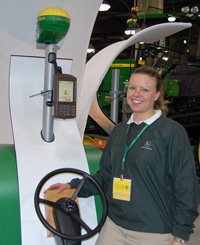 At the National Association of Farm Broadcasting convention in Kansas City last week I spoke once again with Laura Robson, Senior Marketing Manager, John Deere. This is actually a picture of Laura from Commodity Classic earlier this year.
At the National Association of Farm Broadcasting convention in Kansas City last week I spoke once again with Laura Robson, Senior Marketing Manager, John Deere. This is actually a picture of Laura from Commodity Classic earlier this year. It looks like more precision equipment is coming to apple and orange growers. You may not want to compare them except when it comes to the equipment you use to grow them though.
It looks like more precision equipment is coming to apple and orange growers. You may not want to compare them except when it comes to the equipment you use to grow them though. This is the third and final precision farming myth busted by Raj Khosla of Colorado State University. You could call this one the money myth – and the whole basis of Precision.AgWired.com.
This is the third and final precision farming myth busted by Raj Khosla of Colorado State University. You could call this one the money myth – and the whole basis of Precision.AgWired.com. 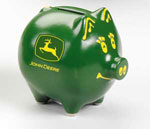 MYTH 3: Precision farming will not pay for itself
MYTH 3: Precision farming will not pay for itself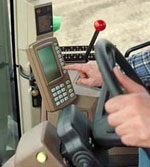 MYTH 2: Precision farming is too difficult to implement
MYTH 2: Precision farming is too difficult to implement